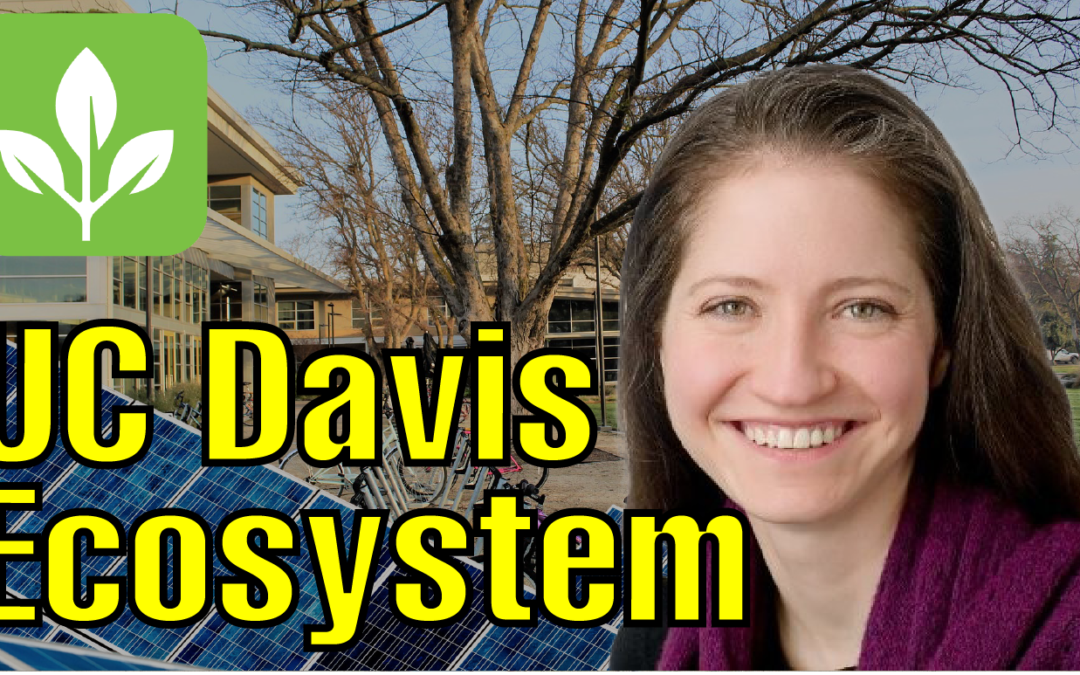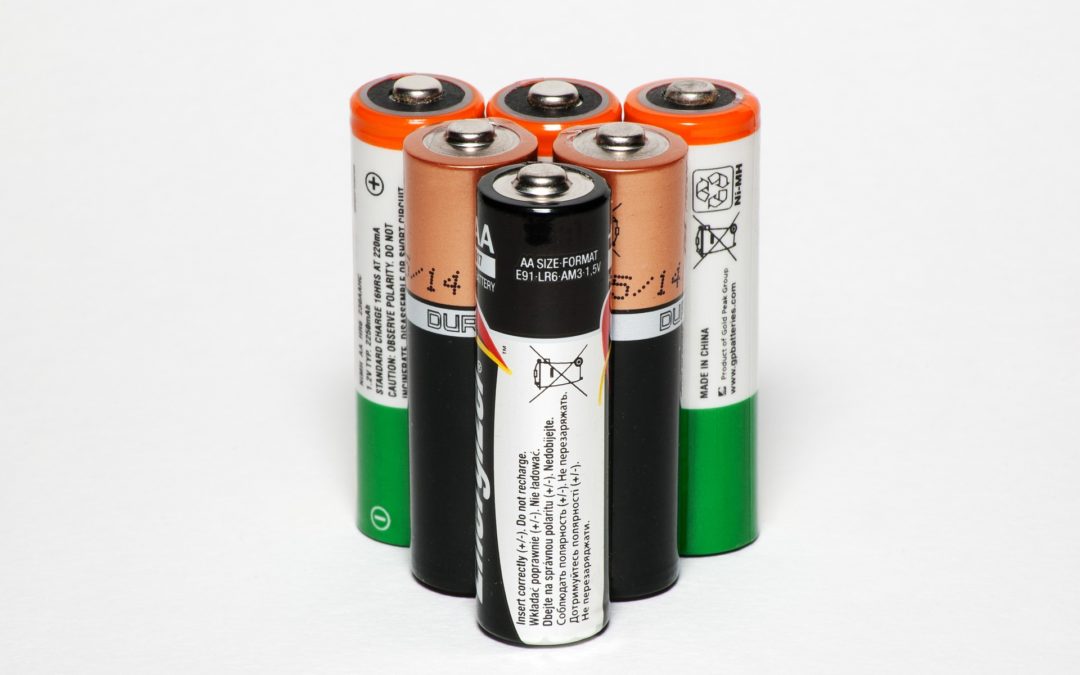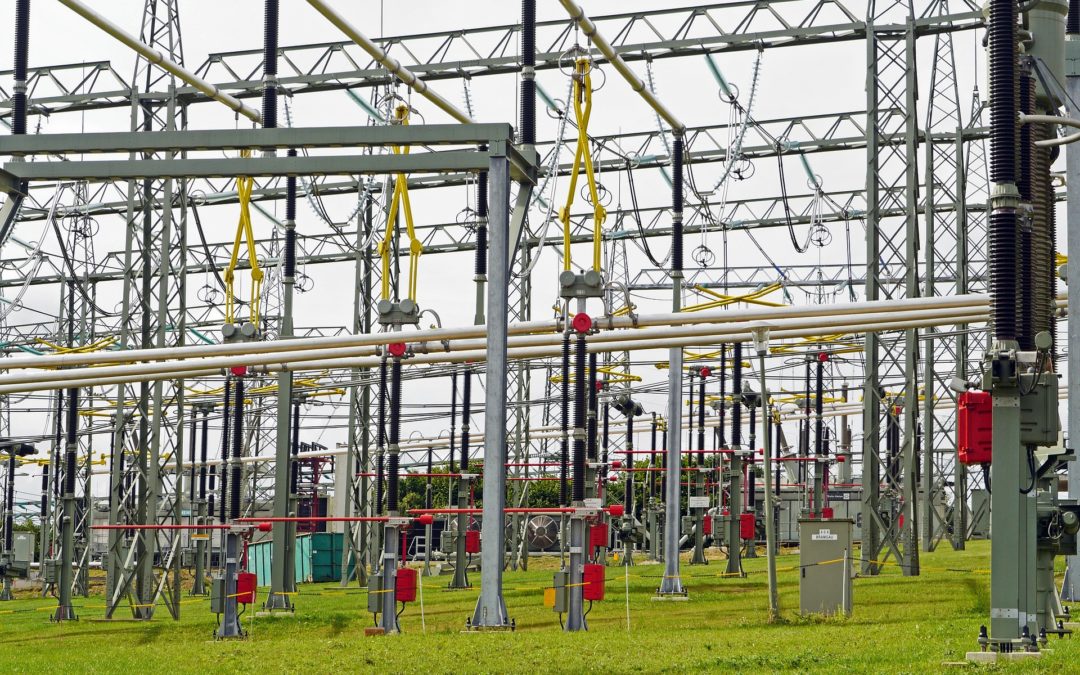


Venture Catalyst Expanding at UC Davis
Janine Elliott was our guest on October 12 for a Perspectives podcast, explaining her new role. She comes to us from 6 years at VentureWell in Amherst, MA, one of the best- funded and most complete tech incubators, and from the Los Angeles CleanTech Incubator, which we know well. She has a Green MBA from the Dominican University of California and a BA in Environmental Policy from Colby College. She also contributed a chapter chapter on navigating the entrepreneurial ecosystem for a best selling book on “How to Commercialize Chemical Technologies for a Sustainable Future”.
Janine now works with our friend Ryan Sharp, as the Associate Director for Physical Sciences and Engineering, in tandem with Mike Lemcke who has a parallel role with Life Sciences. She is part of significant expansion in UCD’s commitment to nurturing and supporting new ventures, primarily coming from research on campus, but also available to anyone in the wider community.
As you may know, Venture Catalyst provides resources through 4 programs
- Science Translation and Innovative Research (STAIR) Grants—funding Proof-of-Concept for innovations
- Smart Toolkit for Accelerated Research Translation (START)—Equipping entrepreneurs with the tools, resources, and services they need to form and grow prosperous companies
- Economic Engagement Economic Engagement and Community Outreach (EECO) Systems–facilitating connections between startups and the regional innovation and economic development ecosystem
- Distributed Research Incubation and Venture Engine (DRIVE) Network–offering early-stage startups access to shared office and technical research and developmental space through a Distributed Incubator Network
Things you maybe didn’t know are that they provide a Knowledge Exchange Speakers Series where they bring in experts for webinars or in-person presentations, and those are available in their YouTube channel along with recordings of the training sessions done for the Big Bang.
And talking about the Big Bang, the kickoff meeting is November 15, likely a virtual meeting, so watch for more details.
Some of you may recall that this greater commitment to supporting new ventures at UCD began with the arrival of Linda Katehi as the new chancellor and then the addition of Dushyant Pathak as the spearhead of Venture Catalyst, both of which have now moved to other pastures. It is impressive to see how much since then the program has grown in depth and breadth. Janine included a couple of slides on the complete venture support network at UCD. It is a resource you all should lean on. Lots of good stuff going on. Welcome, Janine. You bring a wealth of experience from which we are sure to benefit. Drop in our events whenever you can.

ABOUT THE AUTHOR
Gary Simon is the Chair of CleanStart’s Board. A seasoned energy executive and entrepreneur with 45 years of experience in business, government, and non-profits.
CleanStart Sponsors
Weintraub | Tobin, BlueTech Valley, Revrnt,
Moss Adams, PowerSoft.biz, Greenberg Traurig, Momentum,
College of Engineering & Computer Science at Sacramento State

Desten Takes Another Step Toward Fast Charging
We have written several times about the opportunities and challenges of ultrafast charging systems. Here is an article on a recent development. Hong Kong-based company Desten is promoting its 900 kW charging system and the remarkable battery that goes with it, promising a 250-mile charge in under 5 minutes. And, yes, it is always good to be a little skeptical of these claims, but in general it is clear that multiple companies continue to push the envelope on what is possible. Desten is targeting putting the system at existing service stations. As we have noted before, part of the solution on fast charging is likely to involve putting a bank of batteries between the grid and the chargers to avoid the chargers slamming the grid. Desten has exactly that idea and would include a container full of batteries on-site as well. It is not clear if the system works only with their batteries, but Desten is going to need allies among the EV manufacturers to get its system into the market. It seems to have a deal with Swiss sports car company Piëch. Desten’s battery apparently has an energy density of 160 Wh/kg, less than the best in EVs now, but does not need an active cooling system.
An interesting development and one to watch.

VPPs… Big Opportunities, Big Questions, Big Bucks
The Electricity Grid needs to be upgraded. Bloomberg New Energy Finance estimates renewable energy will need $14 Trillion in Grid Investment by 2050. Past Meetup discussions on Distributed Energy Resources (DER), Demand Response, and the Future of the Grid have made clear that there is going to be a lot of opportunity for innovation in how the grid evolves. One involving multiple innovations is Virtual Power Plants (VPP). These are big because they involve coordinating energy demand and generation on both sides of the meter. VPPs turn the conventional thinking about electrical networks upside down.
That conventional thinking concentrated on how to be sure they could instantaneously meet nearly any demand at all times without a flicker. That resulted in building expensive power plants that idle most of the time or running inefficiently, waiting for a potential spike in demand. VPPs are a way to reduce this expense and inefficiency by trying to alter demand to match whatever supply is available, especially from sources that are not constant. That requires a lot of data, a lot of analysis, a lot of communication, and a lot of control. It also introduces vulnerabilities to cyber-hacking, so will require extraordinary cybersecurity innovations.
The sense of our discussions is that we have only scratched the surface of all the innovations required. Regardless of some recent sizable investments, electric utility networks (as well as gas networks, and even water networks, by the way) are not all that smart. We have been taking baby steps compared to the complexity of flow control and demand-supply matching that goes on in a telecommunication network, for example.
There has always been a bit of load control resource in the operation of power grids, so VPPs are not entirely new. In the PG&E system for example, PG&E had arrangements with NASA’s Ames Lab to avoid turning on their big 25 MW wind tunnel at times of exceptionally high demand. The current push on VPPs is to see how far one could expand this seemingly simple idea. In particular, the interest is in how to create the right incentives for customers to surrender control of some of their load, and how to create markets for altering load to meet reliability needs of the grid.
This seems obvious enough, but there are obstacles. The big one is coordination of several stakeholders. Rate payers, Generation, Utilities, and more have an understanding. Success means strong communication, new technology could provide this by enabling rate payers, generation, and utilities to set up profiles for their preferred consumption and generation, then matching and trading to enable a market that includes demand response. SMUD has PowerDirect, a demand response program to pay companies for reduced demand. To get to zero emissions, they need to work with more consumers who may produce energy (though solar), store energy with batteries and Electric Vehicles (EVs), and consume energy through water heaters and HVAC systems.
Big changes ahead present both problems and opportunities around VPPs. Electric Vehicle Charging, increased rooftop solar coupled with onsite storage, HVAC systems, and water heaters need to be smarter and react dynamically. These systems could reward people participating or try to operate with them being impacted. ConEdison has a demand response program that offers compensation for providing load relief. James Frasher of SMUD recently highlighted it as something they are looking at. These are still very early and require more grid infrastructure to be built.
How best to take advantage of EVs is a perfect example of the challenges and opportunities ahead. Currently, most EV owners charge at home as solar is coming off line. This mismatch in energy demand and supply is just a couple of hours and could be solved by workplace charging and/or grid storage. Adding chargers to parking has obstacles of more stakeholders and grid storage would require similar overbuilding as before. And EVs themselves could be sources of supply to the home and to the grid that will enable greater reliance on zero carbon generating sources. Finding ways EVs can support the grid
Of course, one of the biggest questions is how to pay for all this new infrastructure, what it will cost, and who exactly will pay. SMUD’s goal is to make all the changes needed for zero carbon without increasing rates faster than the rate of inflation. Is that a tall order? Will the breakthrough in cutting costs come? Will the increase in deliveries to EVs allow these new infrastructure costs to be spread widely; so overall customer rates will not be impacted? Can we ensure we do not leave behind communities?
The list of potential solutions around VPP enabling renewable energy and taking us to Zero Carbon is long. I am optimistic because every vehicle OEM I have heard speak is looking at interacting with grid services as integral to their business. GM is all in on EVs and related services and Ford is teaming up with Sunrun for V2G. Additionally there will be opportunities around behind the meter services for demand response. OhmConnect is giving away smart thermostats to bulk up their demand response value proposition in California. There is room for hundreds of more of these kinds of innovations.
I am looking forward to more innovations and hope to see local companies like Hank or L&H Airco work with SMUD to unlock the benefits of VPPs in California. Our recent meetup touched on this and what needs to enable Virtual Power Plants and distributed energy resources. It was a must see event. SMUD’s commitment to reaching Zero Carbon Emissions by 2030 is world-leading and will undoubtedly involve new technologies that could spread worldwide. But can they deliver on promises to engage local companies? If they do, our region could be quickly on the frontier of this evolution of the power grid, giving our local innovators a head-start on the technologies that will be needed far beyond our borders. This is clearly a topical area to which we will return frequently, so be on the lookout for our next events featuring this kind of discussion.

ABOUT THE AUTHOR
Thomas is the Executive Director of CleanStart. Thomas has a strong background in supporting small businesses, leadership, financial management and is proficient in working with nonprofits. He has a BS in Finance and a BA in Economics from California State University, Chico. Thomas has a passion for sustainability and a commitment to supporting non-profits in the region.

ABOUT THE AUTHOR
Gary Simon is the Chair of CleanStart’s Board. A seasoned energy executive and entrepreneur with 45 years of experience in business, government, and non-profits.
CleanStart Sponsors
Weintraub | Tobin, Moss Adams GreenbergTraurig
BlueTech Valley, PowerSoft.biz, Revrnt, Synbyo, Momentum
College of Engineering & Computer Science at Sacramento State

Associate Garcia comments on her experience
In the Fall of 2020 I applied for an associate position with CleanStart, and a few weeks later I was interviewed and hired by the Executive Director, Thomas Hall, and Board Member, Mark Humbert, to begin working remotely due to COVID. I couldn’t have asked for a more supportive and knowledgeable team to work with. My experience allowed me to apply my classroom knowledge of accounting to a non-profit organization (a huge plus!) aimed to build knowledge, education, and the success of clean technologies.
There is an incredible amount of knowledge of how finance is accelerating Cleantech. I was introduced to knowledge of financial structures required for an organization to run successfully. My tasks included bookkeeping, troubleshooting discrepancies to create accurate financial reports, researching cleantech topics, and writing content like my recent blog on project finance. As I gained more confidence, I was asked to present our finances to the team during our weekly meetings. Now, I wasn’t much of a presenter or good public-speaker, but this internship pushed me to become a great one. It became a monthly thrill as I was able to present to our Founder, Gary Simon, along with the rest of our team. Another project I was able to work on was filing our taxes for the 2020 year. Having no prior experience in doing taxes, I was able to gain a better understanding through my one-on-one meetings and helped complete my first set of corporate taxes.
My internship was supposed to be a 3-month internship, but I was lucky enough to work with this team for an entire year! This past year I saw our weekly team meetings were truly dedicated to our interns, some of which were set up as educational workshops on CleanTech. These were incredible opportunities to ask questions to our own experts about the industry, and steer the conversation through the ins and outs of CleanTech. So, where do I go from here? As a recent graduate from Sacramento State University, I plan to pursue a financial analyst career and continue my education by attending graduate school in the future. Thank you for making these career choices easier for a recent graduate like me. Thank you CleanStart, my teams, and my mentors.

ABOUT THE AUTHOR
Nitza Jamias is currently a Senior at Sacramento State University graduating May 2021 with a Bachelor's in Business Administration and a minor in Political Science. Transferring from Santa Barbara City College in her hometown, she hopes to leverage her experience with CleanStart to achieve her aspiration of becoming a Financial Analyst while traveling as a military wife. Additionally, Nitza is concerned about sea-level rise and coastline erosion as she hopes to retire in California next to her husband on the paradise beaches she loves.
CleanStart Sponsors
Weintraub | Tobin, Moss Adams, PEM Motion
BlueTech Valley, PowerSoft.biz, Hacker Lab
College of Engineering & Computer Science at Sacramento State

